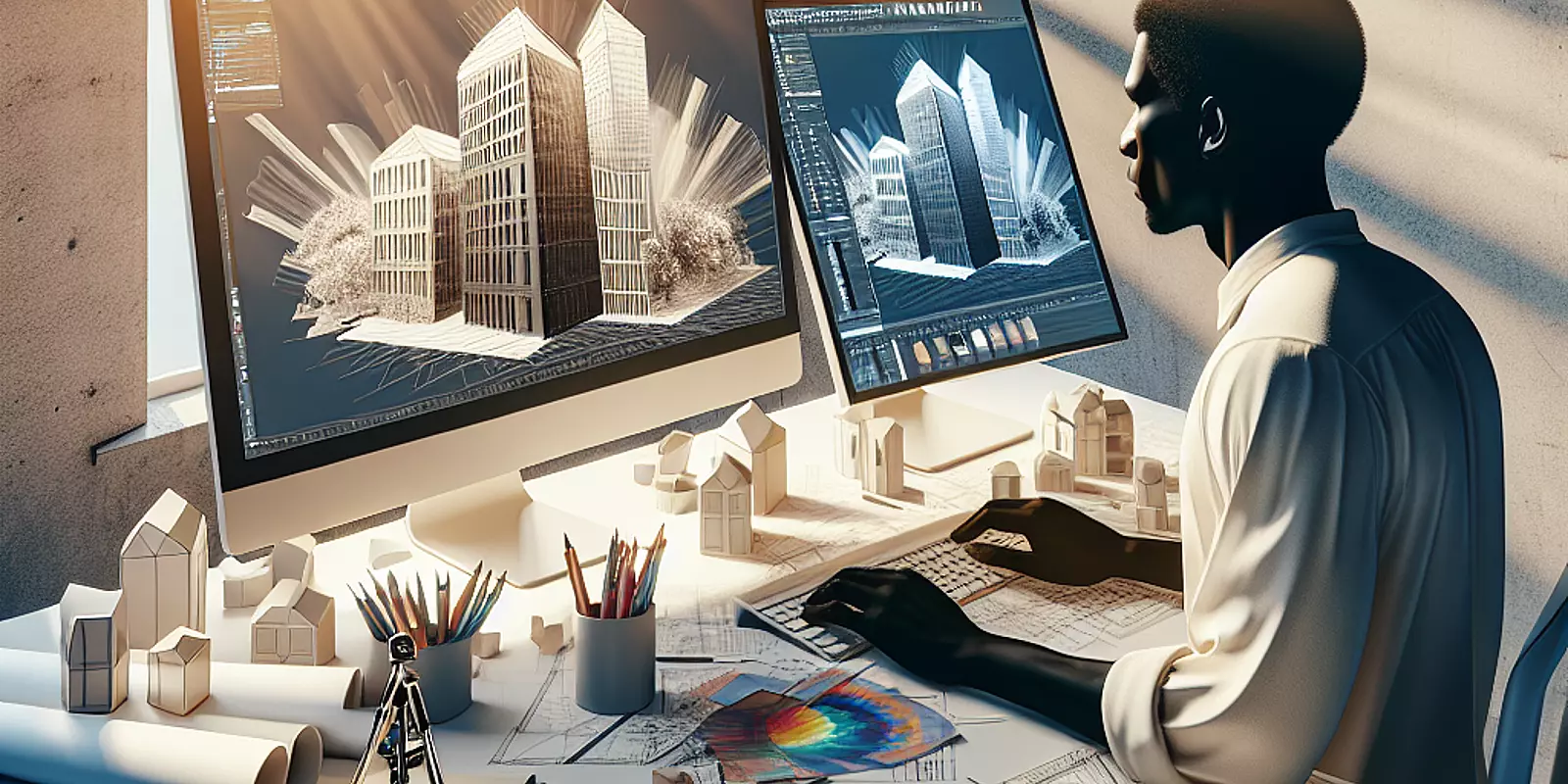
Mastering the Art of Architectural Visualization: Essential Tools and Techniques
In today's dynamic world of architectural visualization, delivering impressive and efficient renders is vital. As clients increasingly expect high-quality visuals to convey their ideas, mastering rendering techniques has become crucial. These techniques not only speed up the workflow, allowing for faster design adjustments but also significantly impact project timelines and costs. Balancing advanced 3D modeling with sophisticated post-production is key to meeting deadlines without sacrificing quality. This article explores essential techniques and tools to enrich the rendering experience, equipping ArchViz professionals with the insights needed for impactful visual storytelling.
Choosing the right archviz software is fundamental to producing exceptional visuals while enhancing workflow efficiency. Twinmotion, for instance, stands out for its user-friendly interface and real-time rendering capabilities, making it a popular choice for professionals demanding quick feedback and interactive presentations. Users can quickly create immersive environments, enabling rapid design iterations. Take Jane, a junior architect, who successfully used Twinmotion to present her design concepts, helping clients make informed decisions swiftly.
On the other hand, 3ds Max paired with Corona Renderer is renowned for its superior rendering quality and photorealistic results, excelling at handling complex models and intricate lighting scenarios. With Corona Renderer’s photometric lighting, architects can create stunning visuals that mimic real-world conditions. By integrating these tools, ArchViz professionals achieve a seamless blend of artistry and efficiency, ultimately elevating project quality. Like John, a senior visualization artist, whose team used 3ds Max and Corona Renderer to create visually textured presentations that wowed clients and stakeholders.
For captivating renders, it's crucial to balance 3D modeling with post-production. The initial stage of 3D modeling focuses on details, scale, and realistic textures, forming the foundation of any ArchViz project. Precise modeling enhances the scene's authenticity, providing accurate design representations.
However, true artistry shines in post-production, extending beyond mere touch-ups to refine the visual narrative. Techniques such as color correction, lighting adjustments, and atmospheric effects significantly boost realism. This synergy enables artists to harness both modeling and post-processing, resulting in exceptional visual outcomes. Incorporating tools like Photoshop alongside foundational modeling software can transform standard renders into compelling artwork. Emily, a freelance ArchViz professional, shared how post-production in Photoshop turned a flat rendering into a resonant visual story that aligned with her client’s vision.
The mastery of lighting and composition is crucial in elevating the realism and impact of rendered scenes in 3D visualization. Mastery begins with understanding both natural and artificial light sources. Techniques like three-point lighting add depth, while soft shadows create an inviting atmosphere. With tools like 3ds Max and Corona Renderer, replicating the behavior of light in reality is within reach.
Moreover, composition guides the viewer's eye, enhancing the intended narrative of the space. Applying principles such as the rule of thirds, leading lines, and framing techniques directs focus, ensuring a coherent visual flow. Experimentation with different camera angles can dramatically change viewer engagement, as discovered by Marco, a seasoned ArchViz artist. He found that altering perspectives can evoke emotion and curiosity in viewers.
Integrating compositional techniques with advanced lighting setups enhances render realism and ensures emotional resonance with clients. This synergy of lighting and composition transforms representations into storytelling tools, vital for meeting client demands for powerful visual narratives.
Rendering complex scenes in architectural visualization can be daunting, often leading to lengthy rendering times that stall projects.
Key strategies to optimize workflow include:
Proxy Modeling: Use software supporting proxy modeling to reduce rendering load, swapping high-resolution models with low-poly versions until final output.
Smart Lighting Techniques: Employ HDRI maps for efficient environmental lighting, enhancing realism while streamlining rendering times.
Asset Integration: Utilize libraries with ready-to-use models specific to ArchViz, saving time and ensuring quality.
Modular Scene Composition: Adopt a modular approach to work on scene sections separately, boosting team collaboration.
Leveraging Technology: Employ AI for image enhancement and post-processing, delivering stunning results within tight schedules and freeing artists to focus on creativity.
These strategies help ArchViz professionals meet client expectations without sacrificing quality, mastering efficient rendering. A project team successfully applied these tactics to meet tight deadlines, achieving a balance between creative vision and client satisfaction.
Mastering efficient architectural visualization involves blending artistry with technical prowess. Key takeaways include selecting appropriate tools such as Twinmotion for real-time abilities or 3ds Max with Corona Renderer for photorealistic outputs, and harmonizing intricate 3D modeling with effective post-production using software like Photoshop.
Looking forward, AI technology appears as a trend with the potential to enhance realism and efficiency in ArchViz, simplifying workflows and enabling greater creativity. As computing advancements continue, rendering possibilities will expand, allowing professionals to surpass client expectations for breathtaking visuals.
Ultimately, staying ahead in the ArchViz sphere requires continuous learning and embracing new tools and techniques, fostering innovation and excellence. By adopting these insights and strategies, you can elevate your rendering skills and project quality—because in architectural visualization, every detail matters.